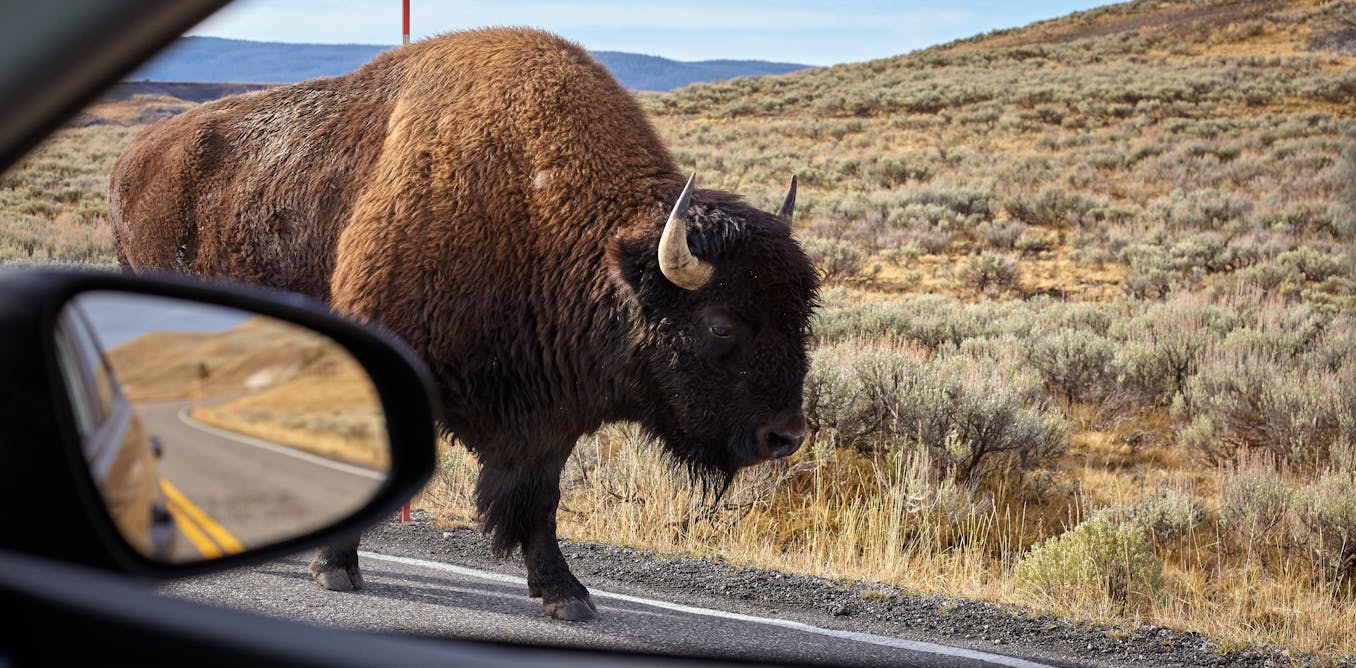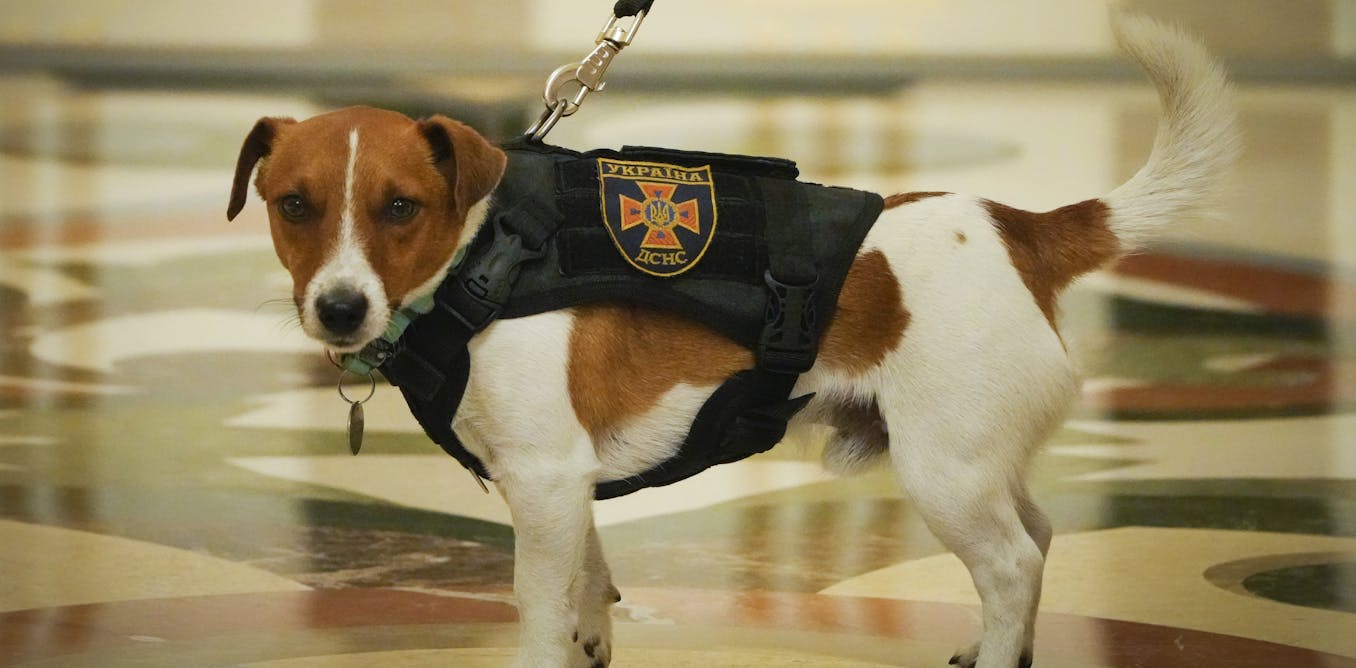Dog flu can make your pup feel lethargic and out of sorts—along with a host of other symptoms—but many dog parents aren’t familiar with it. Let’s find out what canine influenza is, how to prevent it, what the symptoms are, and what to do if your pup gets sick.
Rabies, parvovirus, distemper, kennel cough. Dog parents are well-versed in many of the diseases that can make their pups sick, but canine influenza doesn’t get a lot of attention. Canine influenza is a contagious respiratory disease caused by two influenza viruses. If you’re in the dark about dog flu, let’s look at the causes, symptoms, treatments, and what you can do to prevent it.
What Is Canine Influenza and How Do Dogs Get It?
Two viruses cause canine influenza: H3N8 and H3N2. H3N8 was originally a horse flu virus that was first reported in dogs in 2004 when the virus jumped species. H3N2 was originally an avian influenza that was first reported in dogs in 2007.
Experts think canine flu spreads through respiratory droplets, such as when a sick dog coughs or sneezes. However, dogs can also get sick when they come in contact with contaminated surfaces. Almost all dogs are susceptible to canine flu, but dogs in kennels and shelters are particularly at risk.
Dog Flu Symptoms
Some dogs can get sick with the flu and feel completely normal. Other dogs will get symptoms, and they’re very similar to when a human has the flu:
- Cough
- Runny nose
- Lethargy
- Eye discharge
- Fever
- Appetite loss
Symptoms can last for two to three weeks, and dogs should be fully recovered after that, as long as they don’t develop secondary infections. For example, some dogs will contract pneumonia when sick with the flu. Contact your veterinarian if symptoms persist or worsen, or if you’re concerned about your dog’s health.
Preventing and Treating Dog Flu
One of the best ways to keep your dog safe is to keep them away from sick dogs who are coughing, sneezing, or showing other symptoms. You should also thoroughly disinfect all surfaces that might be contaminated before you let your dog near them.
There’s also a vaccination for dog flu. Talk to your veterinarian about your lifestyle—such as whether your pup spends a lot of time at day care or in boarding kennels—and the level of risk in your area to see if you should consider immunizing your dog.
If your dog gets sick, the best medicine is rest and extra fluids for hydration. For a fever, put your dog in front of a fan and use a cloth to get their ears and paws damp. Depending on the severity, you may also need nonsteroidal anti-inflammatory drugs. Your dog might also need antibiotics if they get a secondary bacterial infection. Talk to your vet about keeping your dog comfortable if they get sick with dog flu.
The post Dog Flu Symptoms and Treatment appeared first on Animal Wellness Magazine.

The article “Dog Flu Symptoms and Treatment” by Author Animal Wellness was published on 08/01/2024 by animalwellnessmagazine.com






































